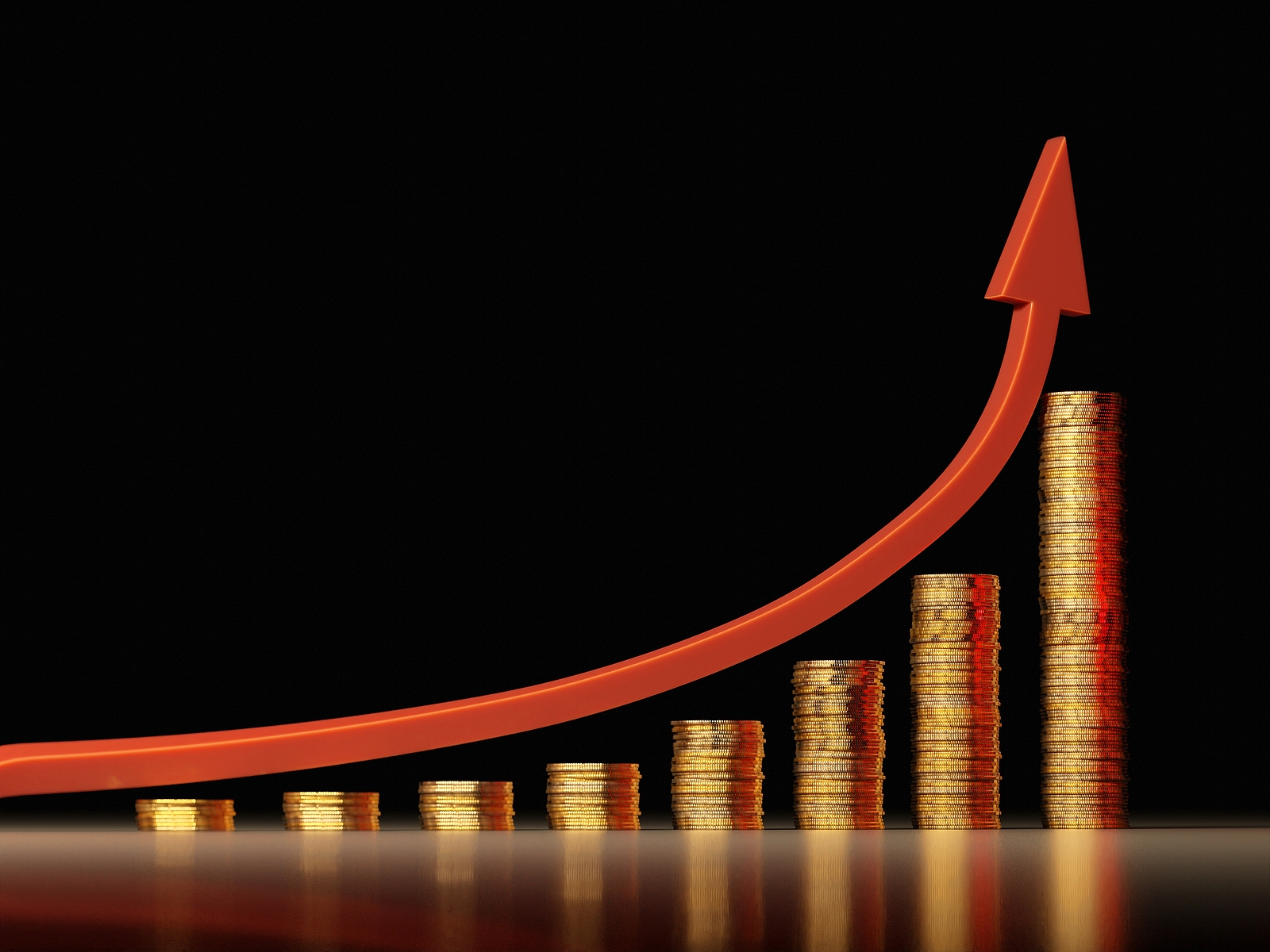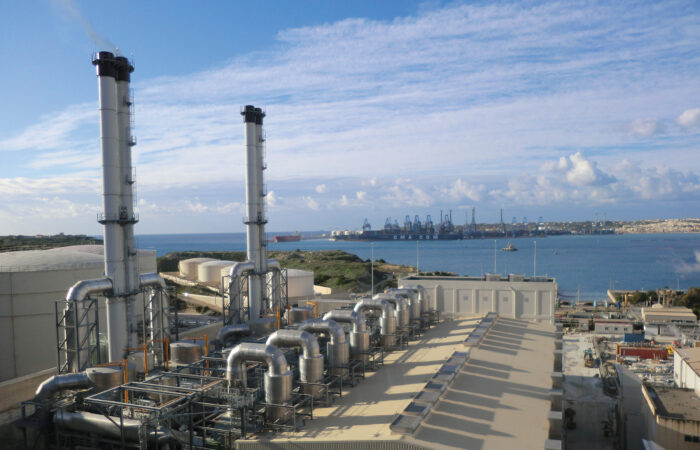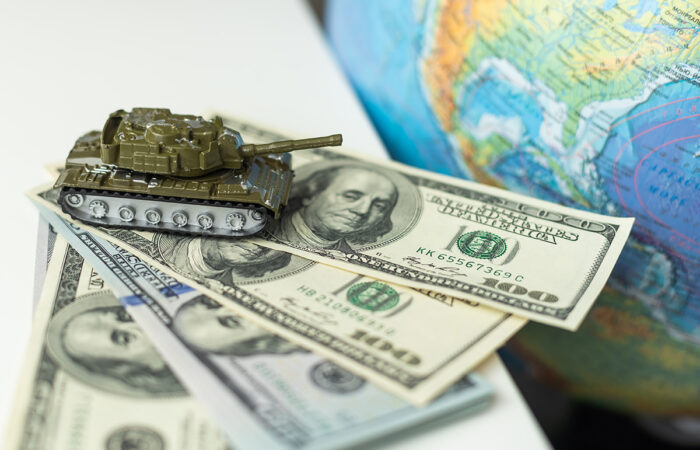Ioannis Tirkides*
Inflation has been ramping up for about a year now and has reached levels last seen more than forty years ago, during the stagflation of the 1970s and early 1980s. Which is where our scare comes from. Because, if current inflation proves as persistent, and inflation expectations about to run lose, as many fear, the monetary tightening cycle will be longer and steeper. And there is nothing magic about raising interest rates and cutting the money supply. It stops the credit process and stalls economic activity. Growth will be lower or even negative as a result, and unemployment will be higher. Inflation eases only because aggregate demand drops, and recession sets in. However, there is no strong evidence yet that so called second round effects are creating a more persistent inflation. Wages, raw material inputs including energy of course, and profits, are all costs, and included in the final price. We cannot tell if the non-energy and non-food inflation we observe is caused by demand or by cost. Each will mean a different thing for monetary policy. We are going to look at the current inflation experience, critically, in this article, through a rear-view mirror, the 1970s.
Our current institutional and policy framework in relation to inflation, is the direct legacy of the 1970s. By this we mean primarily, the independent central banking and inflation targeting that are now core to our economic organisation and policy making.
In short, the 1970s were a period of chaos and disorder. They were marked by war, successive oil shocks, class strife and in the end, global recession. The American involvement in the Vietnam war lasted from 1964 until 1972 and led to considerable deficit finance and debt build up. The Arab Israeli war of 1973, led to the oil embargo and an oil shock, that was to be followed by successive oil shocks throughout the decade. Between 1973 and 1980, crude oil prices had risen by more than 10-fold. That was unprecedented and revolutionary for the global economic order of the time, especially when considering that between 1946 and 1972, oil prices were virtually unchanged in real terms, after inflation.
Class strife was also prevalent, particularly in the United States and the United Kingdom. Labour was organised, and trade unions had considerable bargaining power. Wage indexation was widespread. Conditions of excess demand that were fuelled by a long period of deficit spending and easy monetary policies overlapped with the oil shocks that covered the period. This underpinned the so-called wage-price-spiral, when inflation feeds into wage increases, which then feed into higher prices and further wage increases in a potentially destabilising loop. Inflation peaked in the United States in 1980 at 13.6% and averaged 9.4% a year, between 1974 and 1981. Similarly in Europe and worse in the UK where inflation exceeded 25% in 1975. All that came to an end when the Federal Reserve under Paul Volcker implemented aggressive monetary tightening raising interest rates to 19 percent eventually, precipitating a major recession both in the United States and in Europe.
What the 1970s taught us, was the importance of acting quickly and resolutely to prevent the build-up of inflationary expectations. According to economic theories, inflation expectations among workers and industries play a critical role in driving wage and price increases out of control. This lesson informs today’s central bank policies.
Our current inflation is different from the 1970s in distinct ways. The energy crisis is not as severe in relation, and labour is weak with limited bargaining power to drive wages significantly higher. Our economic organisation also, is vastly different, emphasizing low inflation and prudent macroeconomic policies.
Inflation so far has been predominantly a supply phenomenon. Any contribution from the demand side was either limited, driven by pent-up from the Covid-19 pandemic, and has probably dissipated by now. Second round effects are likewise limited and there is no wage-price spiral, at least not yet. This would suggest that unless the energy and food crisis worsen, inflation will decline. The rationale for the urgency with which the federal reserve and the ECB have been raising their interest rates is the perceived need to pre-empt the build-up of inflationary expectations at a very early stage.
The Federal Reserve ended monetary easing in March and between March and July raised the federal funds rate by 2.25 percentage points in four successive policy meetings, in March, May, June and July. The target federal funds rate is now between 2.25% and 2.5%. More interest rate increases are expected in the remainder of the year and in next, to reach 3.5% according to market views, when this tightening cycle ends.
In Europe, the European Central Bank ended quantitative easing in June and raised its main interest rate in July by 0.5 percentage points. This was the first increase in eleven years and the ECB is widely expected to continue to raise interest rates in each of the remaining meetings of the policy setting governing council, until the end of the year. The main refinancing operations rate will probably rise to 1.5% by December and to 2% by March next year, provided there will be no financial hiccups in-between.
Inflation has been steep, this year so far. For the whole of the European Union, the harmonised index of consumer prices increased by 7.7% in the first half of the year, compared with an increase of 1.8% in the same period the year before. There were some steep increases in energy and electricity, respectively up 35% and 29%, when both increased by 5.6% the year before. Food prices were up 8% when they barely made a positive reading the previous year. So, excluding energy from the all-items index, inflation reduces to 4.6% against 1.3% the year before. Also excluding food prices in addition to energy, the increase in the overall index drops to 3.8% against 1.4% the year before. In conclusion therefore inflation during these first six months of the year, was driven heavily by energy and then by food. But non-energy and non-food inflation was still higher than last year. Services prices for instance were up 3.6% from 1.6% last year. But it is still not certain if this was demand or cost driven.
What will happen next will depend on the secondary effects, and the extent to which a wage-price spiral will materialise, or the extent to which the energy and food crisis will gyrate out of control. In the current conditions of geopolitical uncertainty and open great power rivalry, and war, oil and energy markets, not to mention food, cannot be assumed to be back to normal, especially as Russia remains under a severe sanction regime. Thus, recent drops in oil and gas prices may not last, considering supply constraints and high risks in global markets. By the same token, if the prices of energy and food that caused this inflation bout, stay at their current levels, not moving higher by any considerable extent, then we can say that inflation will start to dissipate from this autumn onward and end up where it started. There will be a cost-of-living issue pertinent to energy prices remaining higher than their pre-Covid levels, but that is another problem. If the energy crisis fades away, inflation will moderate, and monetary policy will ease. But for now, uncertainty is high, our predictions are too benign, and central banks are erring on the side of caution, not without reason!
*Ioannis Tirkides is the Economics Research Manager at Bank of Cyprus and President of the Cyprus Economic Society. Views expressed are personal.




